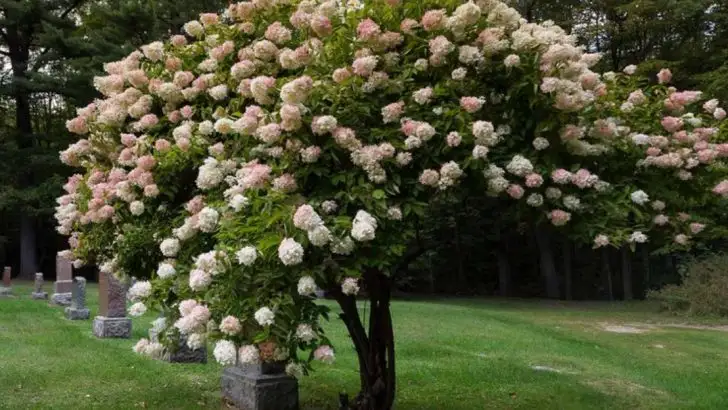Transforming a hydrangea bush into a beautiful tree is easier than you might think! With the right pruning techniques and a little patience, you can shape your hydrangea into an elegant, eye-catching focal point for your garden. By following simple, strategic steps, you’ll encourage strong growth and a graceful tree-like form.
In this article, we outline 14 easy steps to turn your hydrangea bush into a stunning tree. From selecting the right stem to proper pruning and support, these expert tips will help you create a breathtaking garden centerpiece that blooms year after year.
Choose the Right Hydrangea
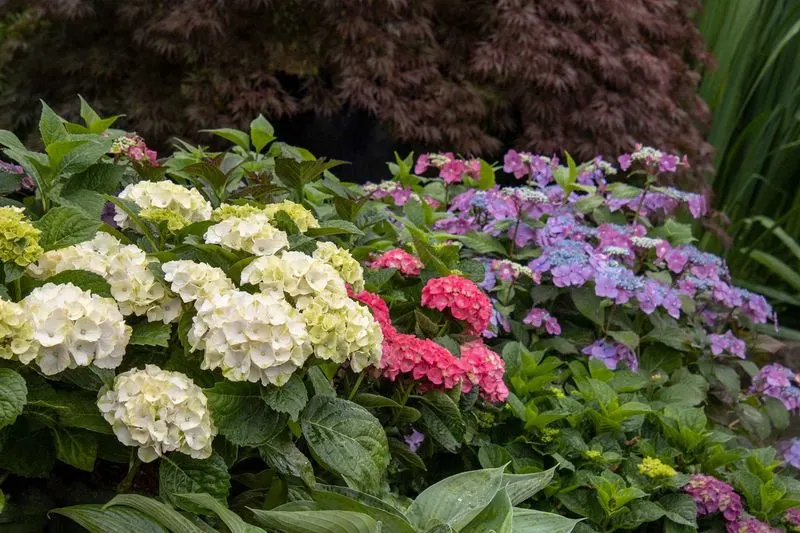
Selecting the perfect hydrangea variety is your first step. Consider options like ‘Limelight’ or ‘PeeGee’, known for robust growth. Size and climate compatibility are crucial. Opt for a bush with healthy, vibrant foliage to ensure a strong starting point. Your choice lays the groundwork for success.
Pick the Ideal Location

Finding the perfect spot involves evaluating sunlight exposure. Hydrangeas thrive in areas with morning sun and afternoon shade. Proper air circulation prevents disease, so avoid cramped spaces. The location sets the stage for your hydrangea’s growth into a tree-like form.
Planting the Hydrangea
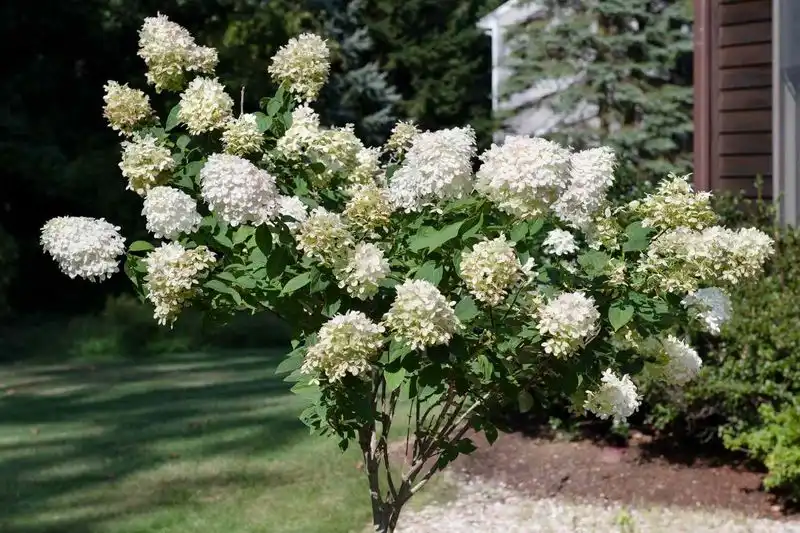
Planting entails digging a hole twice as wide as the root ball. Ensure the soil is rich and well-drained. Position the bush carefully, maintaining straight alignment. Proper planting sets the foundation for healthy growth and supports the structural change into a tree.
Initial Pruning Strategy
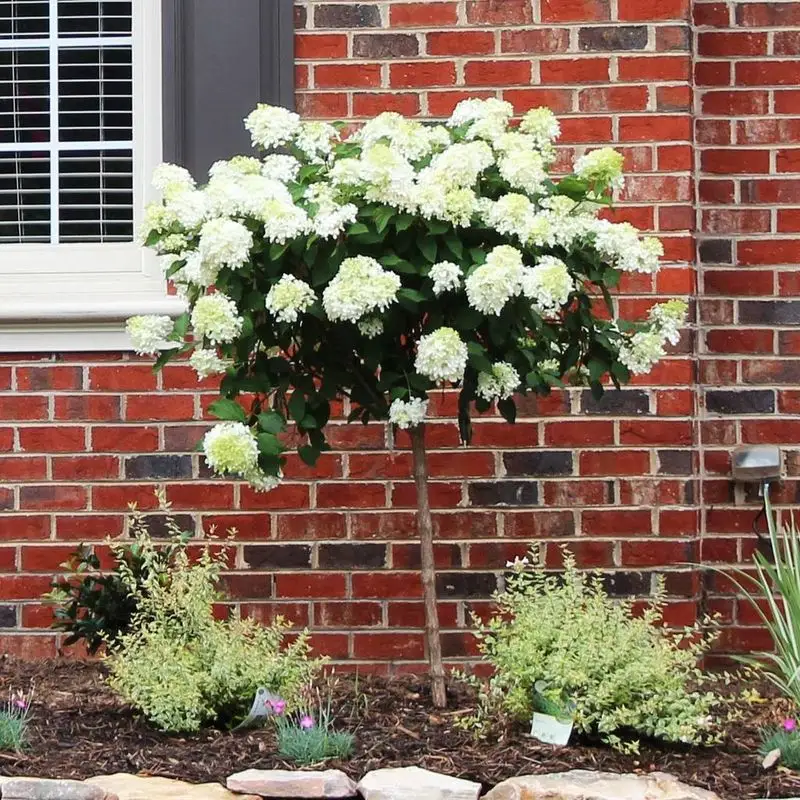
Begin shaping by removing lower branches to encourage upward growth. Focus on a single, strong stem as the trunk. Pruning early establishes a clear structure and directs energy toward achieving tree form. This initial step is vital for future progress.
Use of Support Stake
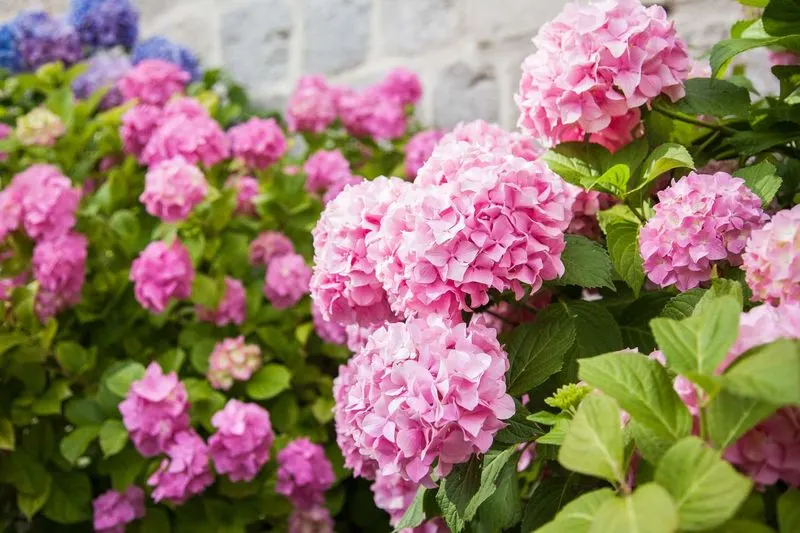
Securing the trunk with a support stake ensures stability. Use soft ties to avoid damage. This support helps the plant withstand wind and weather while maintaining an upright position. Staking is temporary but crucial for developing a strong tree form.
Regular Watering Routine

Establish a consistent watering schedule, especially in dry spells. Hydrangeas need moist soil, but avoid waterlogging. Morning watering is ideal to minimize evaporation and leaves time for foliage to dry, reducing disease risk. Consistency is key to thriving growth.
Fertilize for Best Growth
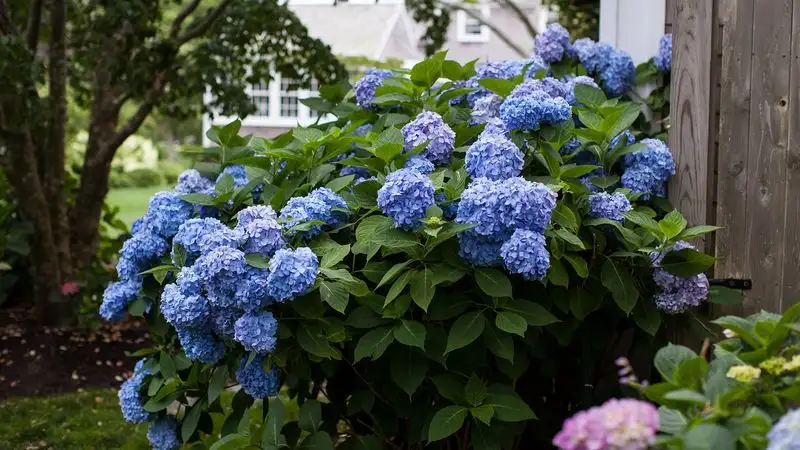
Fertilizing supports robust growth and colorful blooms. Choose a balanced, slow-release fertilizer. Apply in spring and mid-summer for sustained nourishment. Avoid over-fertilizing, which can harm the plant. Proper feeding encourages a healthy transformation.
Pruning for Shape
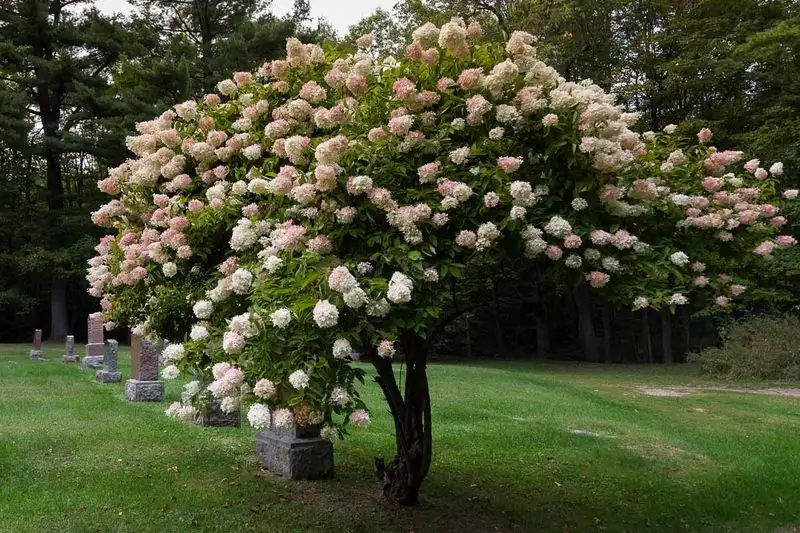
Shaping involves removing errant branches to maintain form. Focus on symmetry to enhance the tree appearance. Regular inspections and gentle clipping guide the bush into a pleasing structure. Over time, this meticulous care produces a stunning tree shape.
Control Pests Naturally

Managing pests is essential for plant health. Embrace natural solutions like neem oil or insecticidal soap. Regular checks for aphids or beetles prevent infestations. Natural methods protect beneficial insects and the environment while keeping your plant vigorous.
Monitor Growth Progress

Keep track of growth patterns to adjust care as needed. Note height, foliage health, and any issues. Monitoring provides insights into whether your techniques are effective. This ongoing assessment is crucial for adapting strategies in your tree transformation journey.
Adjust Care for Seasons
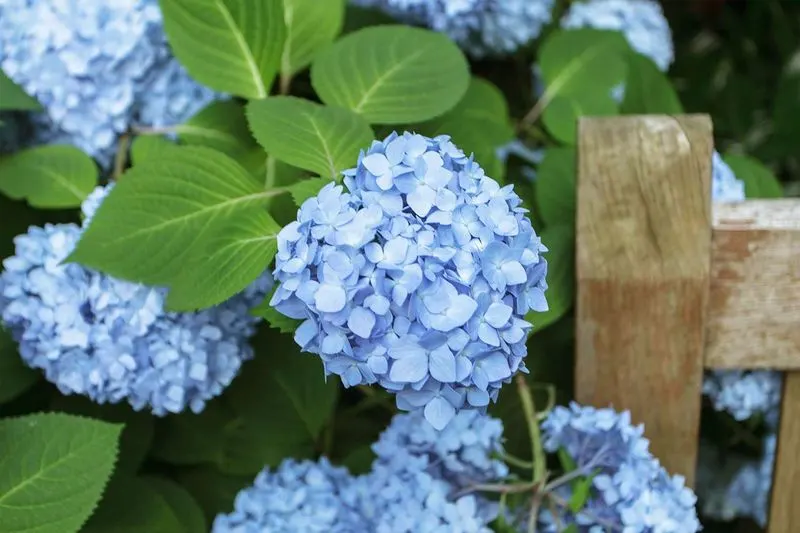
Seasonal care adjustments ensure continued health. Reduce watering in fall, and focus on protection in winter. Spring renews growth focus. Recognizing these cycles helps maintain a vigorous plant year-round, essential for your tree’s long-term beauty.
Train for Desired Form
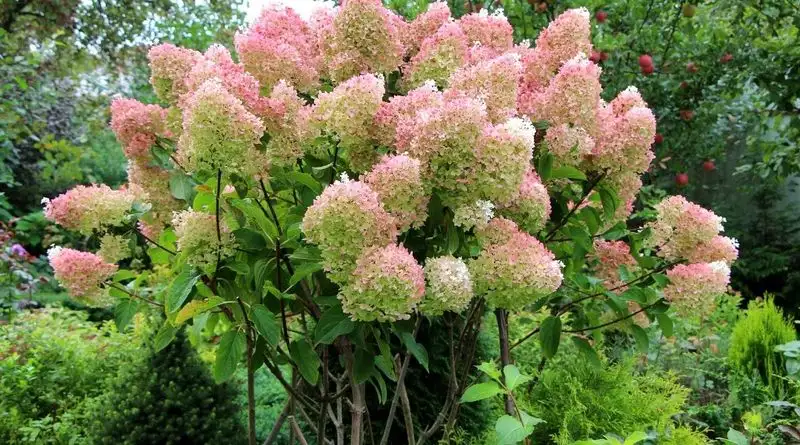
Training involves guiding branches with gentle ties to achieve the desired silhouette. This careful manipulation encourages a graceful, tree-like form. Consistent effort in shaping enriches the visual appeal. Strategic training is a subtle art that perfects the tree’s look.
Prepare for Blooming Season
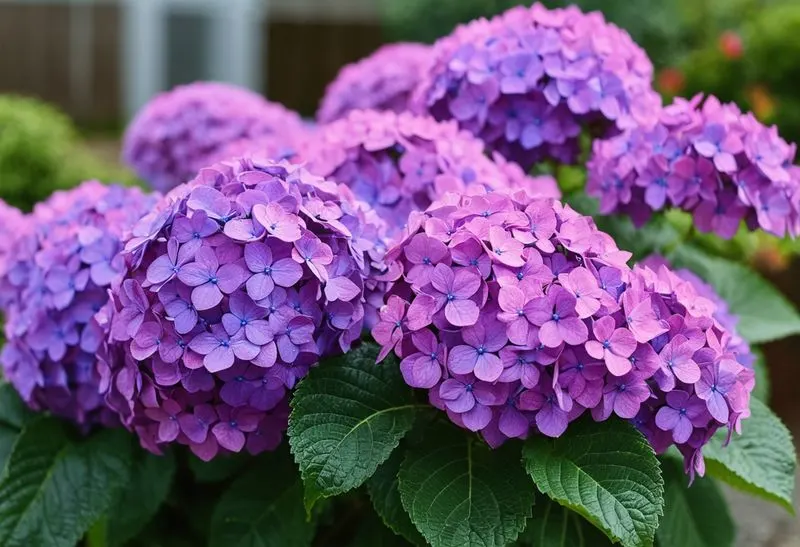
Pre-bloom preparation enhances flowering. Incorporate compost for nutrient-rich soil. This boosts bloom quality and color. Adequate hydration and pruning ahead of bloom season ensure a spectacular display. Preparation pays off with breathtaking floral showcases.
Enjoy the Transformation
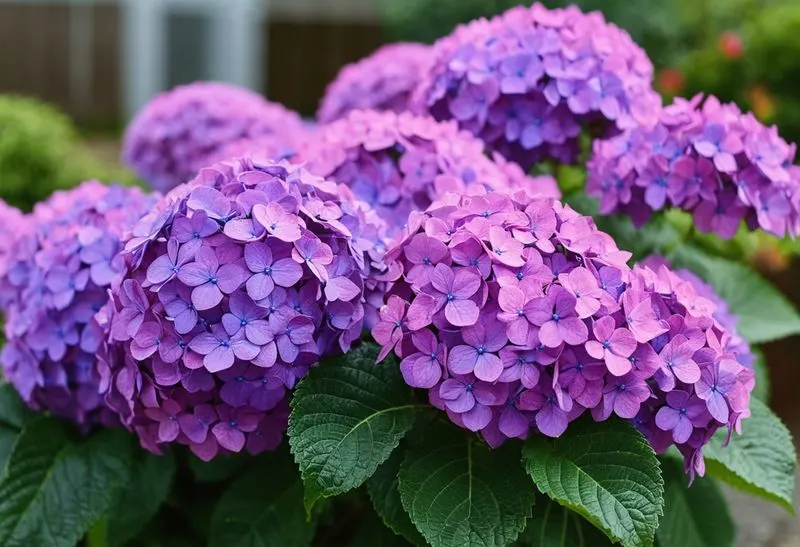
Witnessing the final form is rewarding. Your careful care culminates in a stunning hydrangea tree, enhancing the garden’s beauty. Relish in the vibrant blooms and elegant structure, a testament to your dedication. This moment of enjoyment marks the success of your endeavor.

